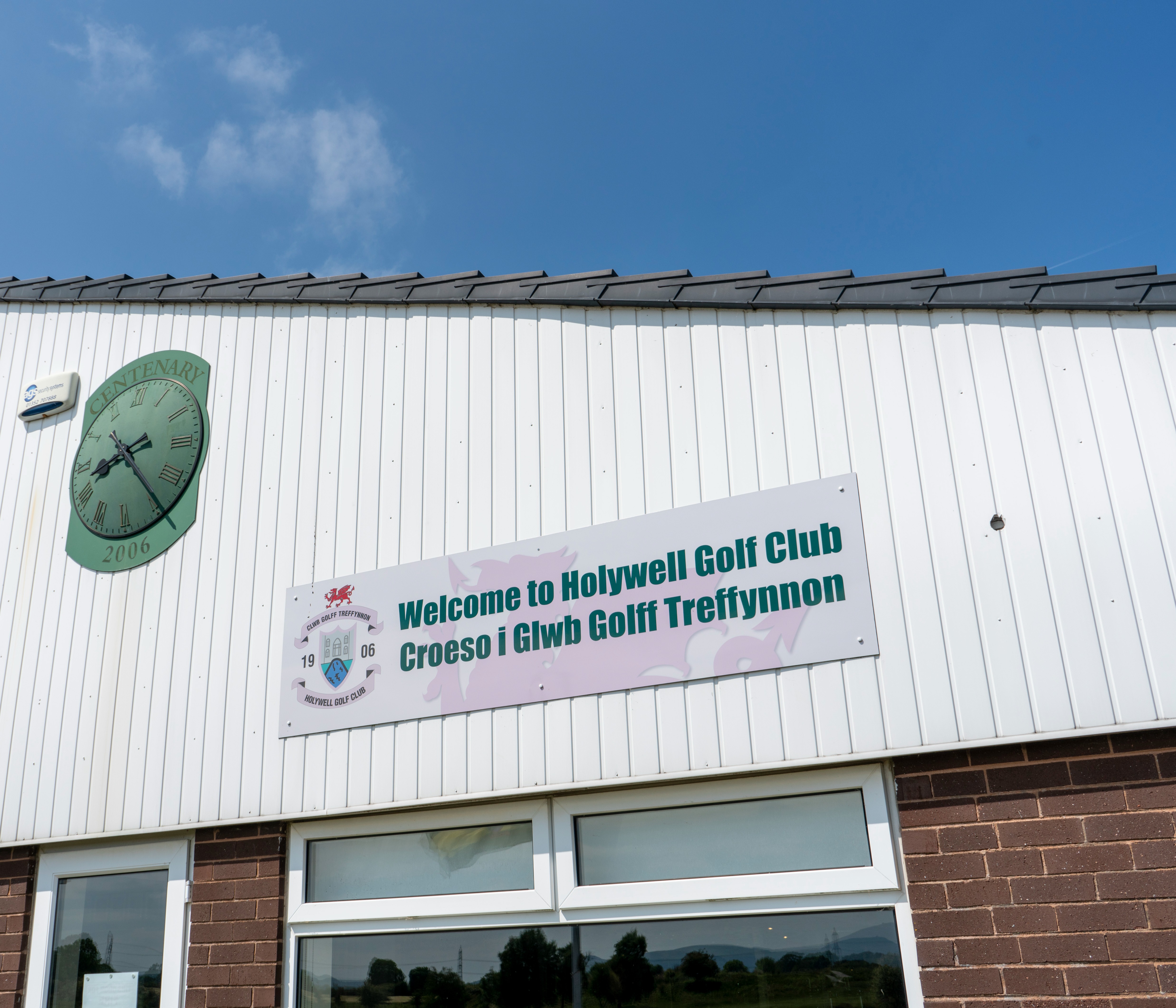
scroll down for more
Development Of the Course from 1906
The aim of this section of the website is to try and flesh out some of the early history of Holywell Golf Club in the words of its early members, neighbours and also from those of the Grosvenor estates on whose land the course was built.
Topics covered are the foundation of the club, establishing the clubhouse, Sunday golf and the origins of our premier competition, the Westminster Cup.
It is designed to build on the excellent club history prepared by Ray Lewis and others for the Club Centenary book in 2006, copies of which are available in the clubhouse.
Using images of some of the original letters and documents, along with photos and illustrations, hopefully some more light will be cast on how today’s club and golf course have evolved since 1906.
The history section also includes six plans showing the evolution of the course from the original 1906 9-hole layout, through the extension to 18 holes in 1924, the post-war reversion to a different 9-hole layout, the 1980s implementation of alternate tees and an additional hole and finally to the 1991 18-hole layout that we play on today.
As the holes of the pre-war course layouts mostly no longer exist, photographic tours of all the holes of the 1906 and 1924 courses form a key part of the history to try and give readers an idea of what is was like to play the early course layouts.
Regarding the land we play on, the presentation will also have a look at the massive industrial effort that took place more than one hundred years ago beneath the feet of today’s golfers.
Old limestone quarries underlie the 2nd and 8th fairways and together with disused lime kilns, form tough hazards on our 14th, 15th and 16th holes.
Beneath some of the tees we now play from (the 1st, 2nd, 7th, 11th, 12th, 13th and 18th), were once entrances to lead mines descending hundreds of feet, down which our local forefathers had to climb to do a day’s work.
As you play, spare a thought for how tough life must have been for those early miners.
David H. Thomas